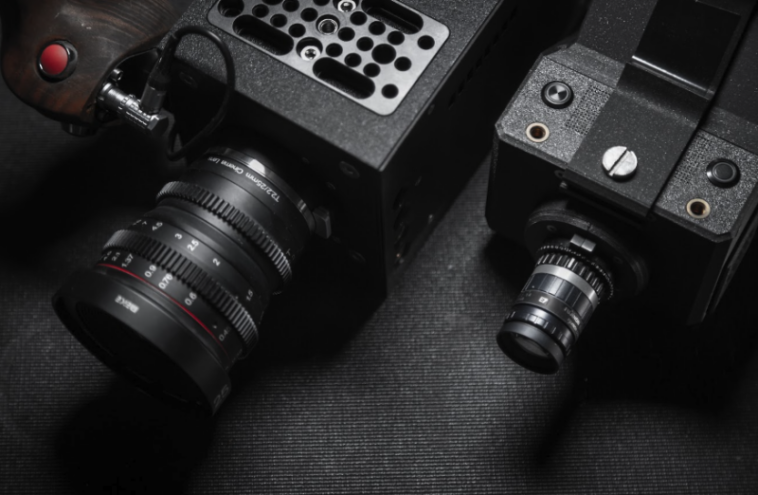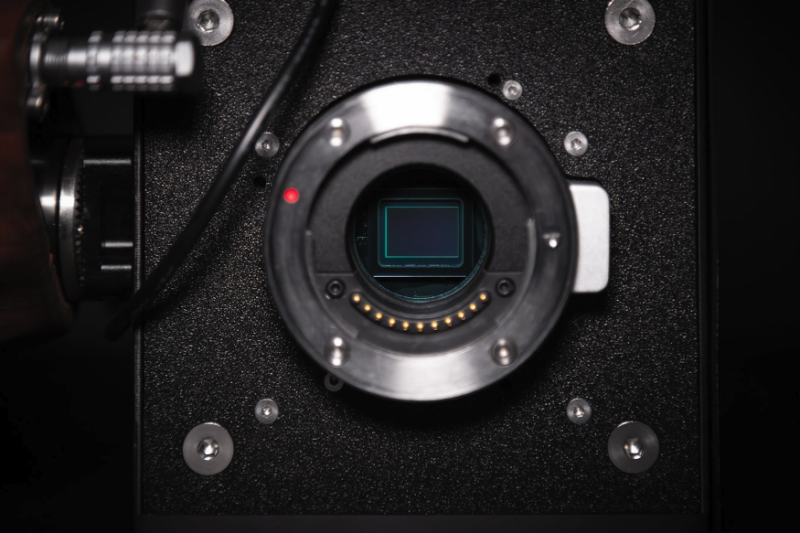Big ambitions
Csaba says that CinePI was always intended to push the possibilities of Raspberry Pi as a video camera with features found in cinema cameras, but in an open-source device so developers could integrate it into their own designs. CinePI V2 can record 2K RAW Cinema DNG video at frame rates up to 50 fps with 12-bit colour depth that far surpasses the 8-bit or 10-bit usual video fare. Csaba showcased its abilities, using CinePI V2 to film more than half of his Timekeeper short film this summer.
Having completed CinePI V2 in early 2023, it wasn’t long before Csaba began work on developing this latest version, with a Compute Module. He has been inspired all along by the cameras made by Blackmagic Design. “They were one of the very first manufacturers to offer RAW video capabilities at affordable prices; democratising tools used for filmmaking.” This means cameras cost a couple of thousand dollars rather than many thousands. If, as Csaba intends, you were to build your own CinePI camera, it would cost far less again, and can largely be built with off-the-shelf components and sensors from the likes of Adafruit. He estimates CinePI V2 costs $250–$300 while CinePI XL in the same or similar configuration would be closer to $400–$600. “A steeper cost, but still very affordable in comparison to the types of camera it would aim to compete with on the market.”
Whereas CinePI V2 was a compact form factor handheld camera, the XL model is noticeably larger. That’s because it features a specially developed sensor, OneInchEye, designed by Will Whang. This larger sensor enables greater image quality and higher frame rates than the Raspberry Pi HQ Camera and also necessitated a switch to Compute Module because it required a MIPI CSI-2 link with four data lanes. Csaba decided to embrace the possibilities this offered in terms of additional sensors and design a camera that mimicked the feature set and capabilities of real professional cinema cameras. Advantages included a larger battery, bigger display, more mounting points for accessories, and a larger physical lens mount.
Community spirit
This summer Csaba saw membership of his Discord server grow from 300 to 1000 members, “It’s been amazing to see the ways people have been using CinePI, modifying and customising it for their unique needs. Exactly what I was hoping for when I started the project.” With the launch of Raspberry Pi 5, Csaba expects to see even more interest. “Perhaps in the future, with the efforts of talented individuals from the community or established companies already in this space, we can see the production of larger sensor modules that will work on the Raspberry Pi platform,” he suggested to CineD.





